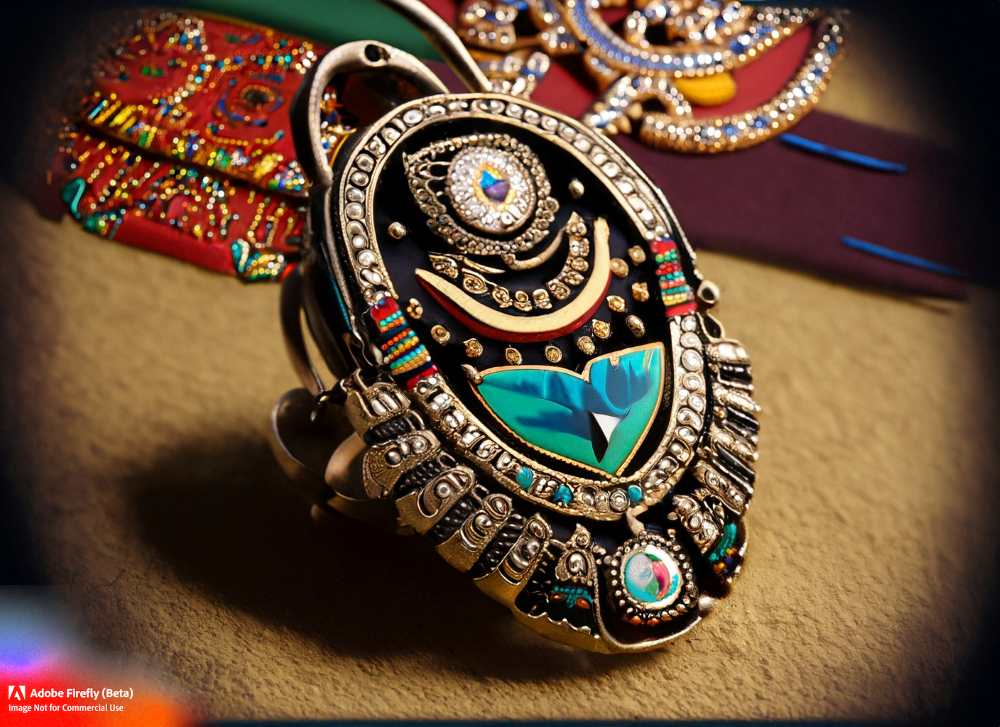The Sparkling World of Mexican Goldsmiths and Jewelers
Discover Mexico's rich goldsmithing and jewelry tradition, from the ancient Mexica civilization to modern-day artisans. Explore techniques like filigree, embossing, and sustainability in this vibrant craft, and celebrate the skilled artisans preserving this unique metalworking heritage.





